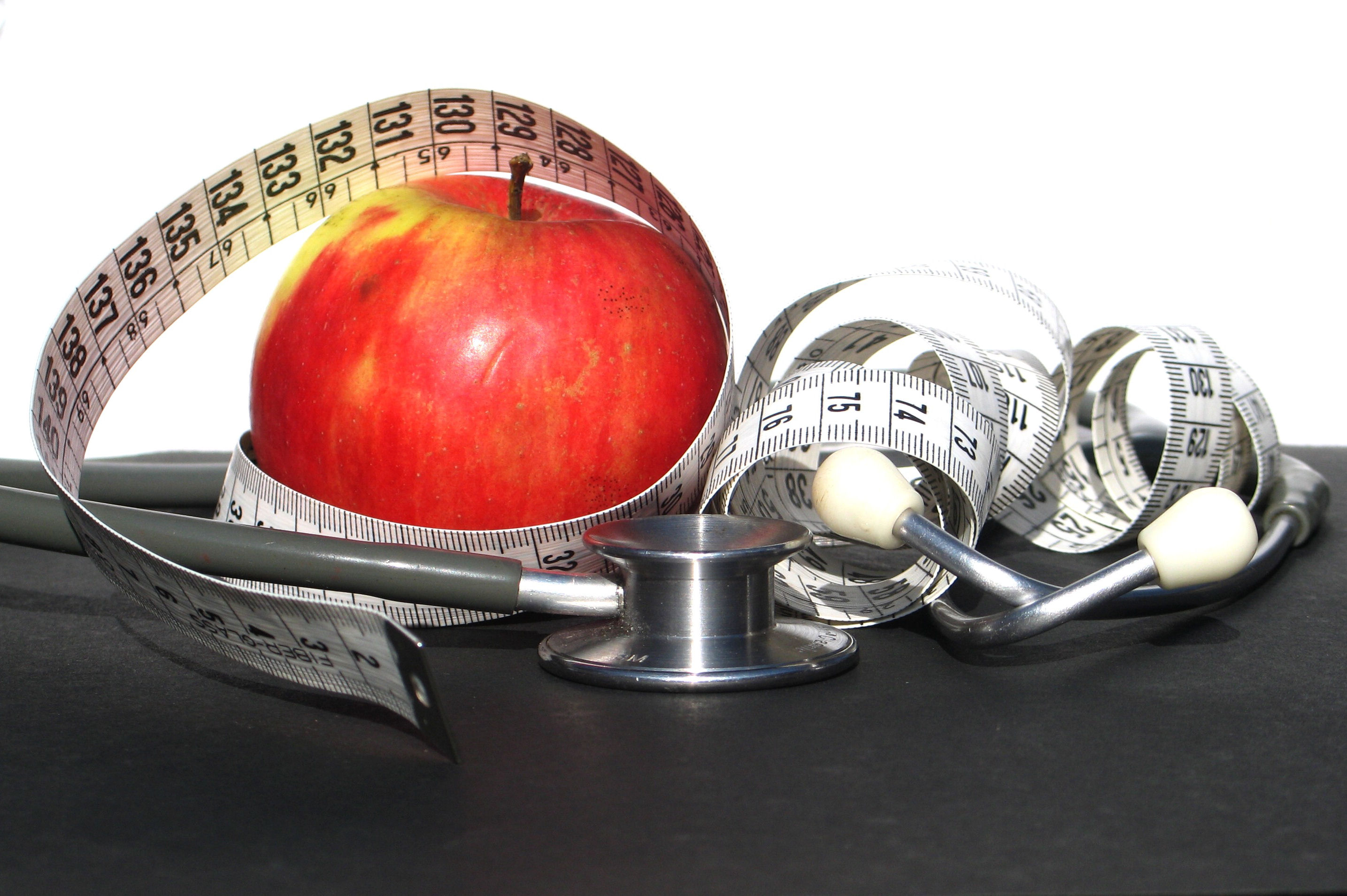Ten Tips for Achieving Better Work Life Balance
We are all looking to achieve optimal work/personal life balance. Consider the following tips for getting closer to reaching your best by establishing a routine that works for you. Whether you work from home (WFH) or commute to an office every day, even adopting one of these tips and putting it into practice will make a difference.
1. Work From Home tip – finish working on time. Work in a separate, designated office, room or workspace with natural light.
2. Keep your office and home surroundings organized and tidy. Go though closets, drawers, cabinets and get rid of ‘stuff’ that’s weighing you down.
3. When/if you get bored or ‘burned out,’ freshen up your routine (activities, hobbies, foods, recreation).
4. Take a lunch break away from your desk, for at least 30 minutes.
5. Avoid overbooking/over scheduling your days/time.
6. Stay on track with 5 essential tasks/day that get you closer to meeting your goals.
7. Read and then re-read emails before sending them. Keep them short, to the point, positive and professional – a reflection of you.
8. Make a note (journal) of the lesson/what you learned from making a mistake/a wrong choice so you don’t repeat it.
9. Group like tasks together in a comfortable, efficient and orderly manner. Avoid jumping around from task to task. Establish a flow to your day that makes sense.
10. Whenever you have a break, squeeze in a walk. Prioritize exercise, at least 15 minutes, either before or after work.










